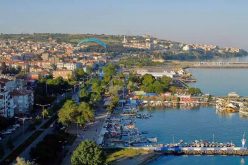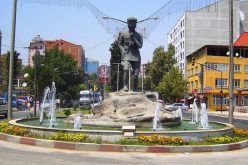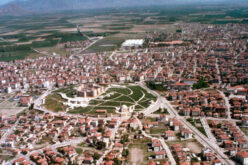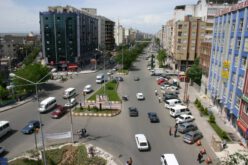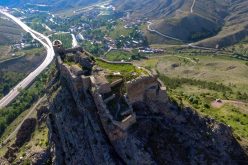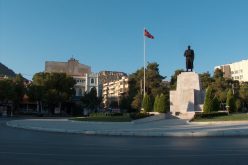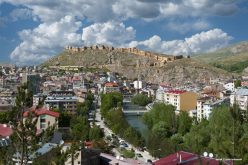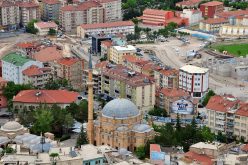Sırnak

Sırnak
Sirnak is a town in southeastern Turkey. It is the capital of Şırnak Province, a new province that split from the Hakkari province. The Habur border gate with Iraq which is one of Turkey’s main links to Middle Eastern countries is also on Şırnak. It is believed that the settlement was originally called “Sehr-i Nuh” (the city of Noah) since it was near Cudi Mountain where Noah’s Ark finally landed after the Flood. The original name later transformed into “Sernah” During the Guti Empire’s reign in the region, a special inscription style called “civi zend” was invented. Mount Cudi, surrounded by other mountains to the east and northeast and plains to the west and southwest has a unique place in history. It is the mountain on which Noah’s Ark is believed to have landed. One of its peaks, at over 2000 meters, is “Noah’s Visit” (some Islamic scholars argue that Noah landed on Cudi mountain). Other historical assets of Şırnak include a rock carving from the Assyrians describing a figure on horseback (in Meseici village near Kasrik Pass); other rock carvings dating back to the Neolithic Age which corresponds to 7000 BC (in Beytüşşebap); fortresses of Kale, Meme Kale and Kaletivuru; bridges of the Kasrik Pass which reflect the art stone working in the time of Seljuks; and Virgin Mary Church in Cizre (not to be confused with the one in Ephesus). Şırnak has a continental climate with cold, snowy winters and very hot, long and dry summers. Humidity is always low throughout the year due to its inland positioning, which makes the hot summer heat more bearable. The average temperature in August is 28 °C (82.4 °F) whilst the average temperature in January is 2 °C (35.6 °F). February and March are the wettest months, July and August being the driest, with literally no precipitation at all
Write a Comment
Only registered users can comment.




